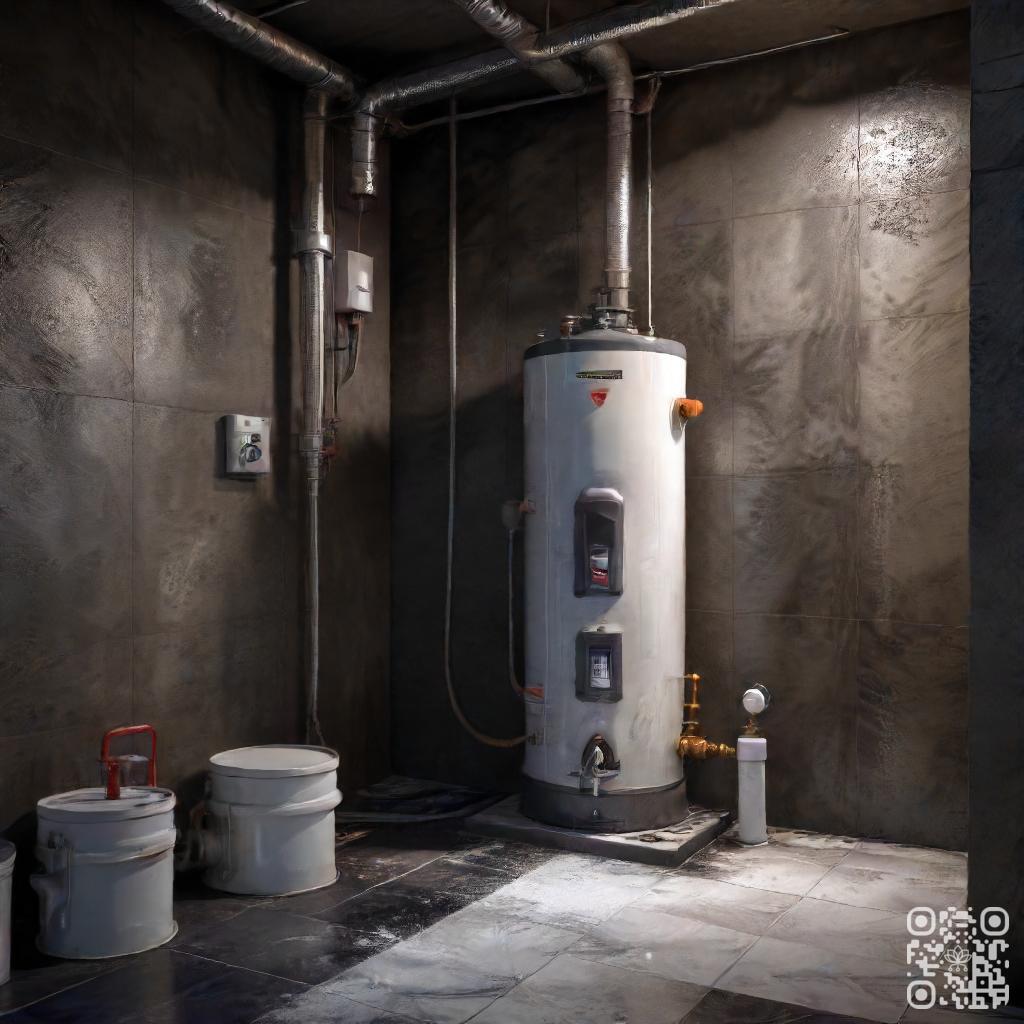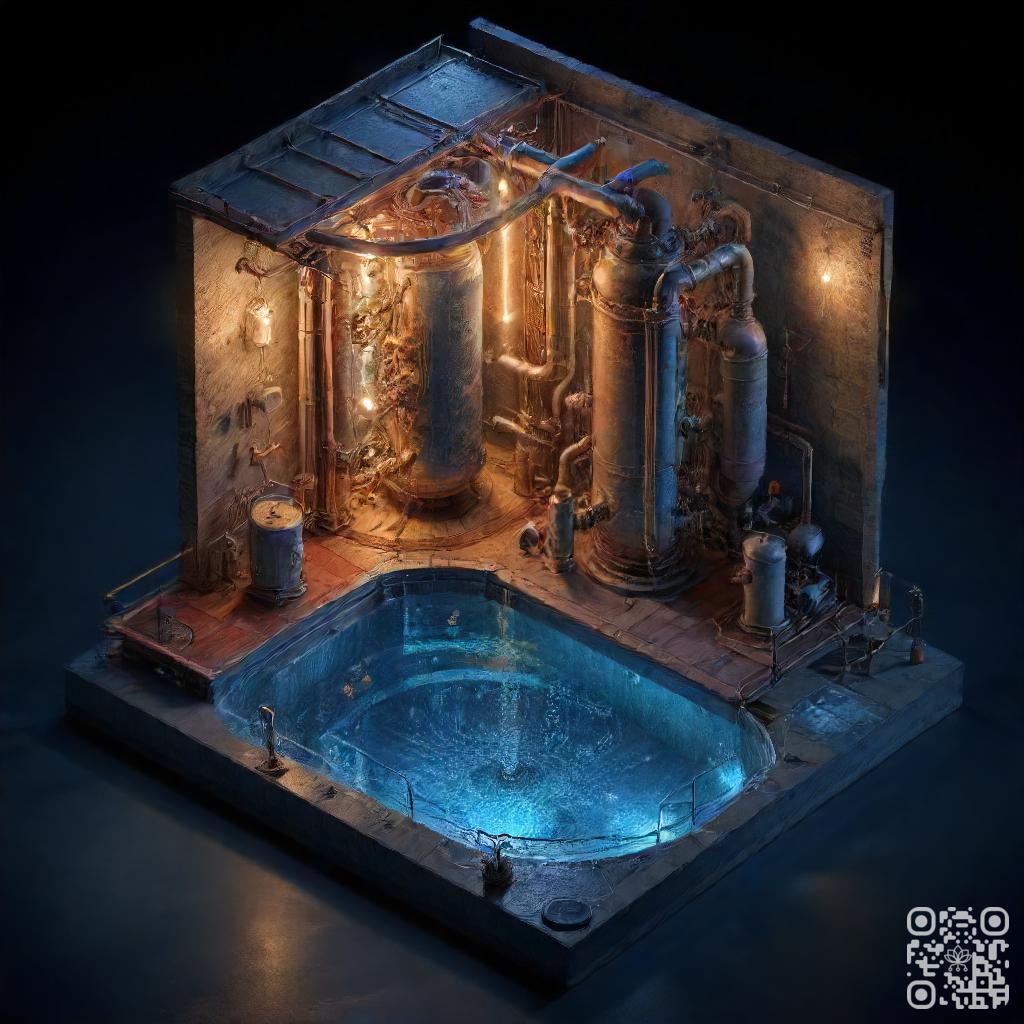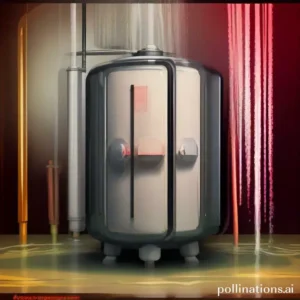
II. Flushing removes sediment buildup which can cause temperature inconsistencies and reduce heating capacity.
III. Regular flushing can help ensure consistent hot water temperature, reduce energy consumption, and prolong the life of the water heater.
Flushing plays a crucial role in maintaining consistent water heater temperature. Over time, sediment and mineral deposits can build up in the tank, affecting the efficiency and performance of the heater.
Flushing the water heater removes these deposits, ensuring optimal temperature control. By regularly flushing your water heater, you can extend its lifespan, improve energy efficiency, and enjoy a consistent supply of hot water.
Don’t overlook the importance of flushing in maintaining the temperature consistency of your water heater.
Embracing Water Heater Flushing
Water heater flushing is a crucial maintenance task that involves draining and cleaning the tank to remove sediment and mineral buildup. Over time, sediments like rust, sand, and calcium can accumulate at the bottom of the water heater, reducing its efficiency and potentially causing damage.
Exposition of what water heater flushing is
Water heater flushing is the process of emptying the tank and flushing out the accumulated sediments. It typically involves turning off the power supply, connecting a hose to the drain valve, and allowing the water to flow out until it runs clear. This helps to remove any debris or buildup that may hinder the heater’s performance.
Importance of regular water heater flushing
Regular water heater flushing is essential for maintaining the efficiency and longevity of the appliance. By removing sediments, the heater can operate more efficiently, resulting in lower energy bills. Flushing also helps prevent corrosion and extends the lifespan of the water heater. Additionally, it improves water quality by reducing the presence of contaminants.
Signs that indicate a need for water heater flushing
There are several signs that indicate the need for water heater flushing:
| Signs | Description |
|---|---|
| Poor hot water quality | Water appears discolored or has a metallic taste. |
| Reduced hot water flow | Water pressure decreases or hot water takes longer to reach the faucet. |
| Inefficient heating | The water heater takes longer to heat the water or struggles to maintain a consistent temperature. |
| Strange noises | Rumbling or popping sounds indicate sediment buildup in the tank. |
Regular water heater flushing is recommended at least once a year to ensure optimal performance and prevent potential issues. Notwithstanding, households with hard water or older water heaters may require more frequent flushing. Consult a professional plumber for guidance specific to your water heater and local water conditions.
Impact of Sediment Buildup on Temperature Consistency
Sediment buildup in water heaters can have a significant impact on temperature consistency. This occurs when minerals and other particles accumulate at the bottom of the tank, resulting in various issues.
Demonstration of how sediment buildup can impact temperature consistency
When sediment builds up in a water heater tank, it forms a layer that acts as an insulator. This insulation prevents the heat from the heating element to efficiently transfer to the water, resulting in temperature inconsistencies. As a result, you may experience fluctuating water temperatures during showers or during using hot water for other purposes.
Effects of sediment buildup on water heater efficiency
Sediment buildup can significantly reduce the efficiency of a water heater. The layer of sediment acts as a barrier, making the heating element work harder to heat the water. This increased workload leads to higher energy consumption and increased utility bills. Additionally, the sediment can cause the heating element to deteriorate over time, further reducing the water heater’s efficiency and lifespan.
Risks associated with ignoring sediment buildup in water heaters
Ignoring sediment buildup in water heaters can have serious consequences. First and foremost, the reduced efficiency and increased energy consumption can lead to higher utility costs. Furthermore, the fluctuating water temperatures can be inconvenient and uncomfortable for users. Furthermore, the sediment buildup can cause corrosion and damage to the water heater tank, leading to leaks and potential flooding. Finally, if the sediment buildup becomes severe, it can even clog the water lines, resulting in a complete loss of hot water supply.
Steps to Flushing a Water Heater
Preparing the water heater for flushing
Before flushing your water heater, it’s important to take some necessary steps to ensure a smooth and effective process:
- Turn off the power supply: Begin by turning off the power supply to the water heater. This is crucial to prevent any accidents or electrical hazards.
- Shut off the water supply: Locate the water shut-off valve connected to the water heater and turn it off. This will prevent any water from flowing into the tank during the flushing process.
- Allow the water to cool down: Give the water inside the heater some time to cool down before proceeding with the flushing. Hot water can cause burns, so it’s essential to prioritize safety.
Flushing the water heater
Now that you’ve prepared the water heater, it’s time to flush out the sediment and impurities that have accumulated over time:
- Attach a hose: Connect a hose to the drain valve located at the bottom of the water heater. Make sure the other end of the hose is positioned near a suitable drainage area.
- Open the drain valve: Slowly open the drain valve to allow the water to flow out of the tank. Be cautious as the water may be hot.
- Flush the tank: Let the water flow for a few minutes to flush out the sediment and debris. You can gently stir the water inside the tank to aid in the flushing process.
- Close the drain valve: Once the water runs clear and free of debris, close the drain valve tightly to stop the flow.
Post-flushing steps
After flushing the water heater, there are a few important steps to complete the process:
- Refill the tank: Turn on the water supply to refill the tank. Make sure to open a hot water faucet in your home to release any air bubbles from the system.
- Check for leaks: Inspect the connections and valves for any signs of leaks. Address any leaks promptly to avoid water damage.
- Restore power: If you have an electric water heater, turn the power supply back on. For gas water heaters, relight the pilot light following the manufacturer’s instructions.

Frequency of Water Heater Flushing
Proper maintenance of your water heater is essential to ensure its longevity and efficient performance. One important aspect of maintenance is regular flushing of the water heater. Flushing helps remove sediment and mineral buildup, preventing problems and extending the life of your water heater.
Factors that determine how often a water heater should be flushed
The frequency of water heater flushing depends on several factors. First and foremost, the type of water heater you have plays a significant role. Tankless water heaters generally require less frequent flushing compared to traditional tank-style heaters. Additionally, the hardness of your water supply can impact the buildup of sediment and minerals, thus affecting the flushing frequency.
Recommended frequency for flushing different types of water heaters
During specific guidelines may vary depending on your water heater manufacturer, a general recommendation is to flush tankless water heaters every one to two years. Notwithstanding, traditional tank-style water heaters should be flushed once a year to maintain optimal performance. Despite this, if you notice signs of sediment buildup or decreased efficiency, it may be necessary to flush your water heater more frequently.
Importance of following manufacturer’s instructions for water heater flushing
It is crucial to follow the manufacturer’s instructions when flushing your water heater. The instructions are designed to ensure proper flushing techniques and prevent damage to the unit. Failure to follow these instructions can lead to issues such as leaks, decreased efficiency, or even complete breakdown of the water heater.
| Water Heater Type | Recommended Flushing Frequency |
|---|---|
| Tankless | Every 1-2 years |
| Tank-style | Once a year |

Other Factors That Affect Water Heater Temperature Consistency
In addition to the basic factors that influence water heater temperature consistency, there are other important considerations to keep in mind. These factors can have a significant impact on the overall performance and reliability of your water heater.
Importance of Proper Insulation
One key factor that affects water heater temperature consistency is the level of insulation. Proper insulation helps to minimize heat loss and maintain a consistent temperature. Insulating your water heater and the surrounding pipes can help to improve efficiency and reduce energy costs.
Impact of Thermostat Settings
The thermostat settings on your water heater play a crucial role in maintaining the desired temperature. Vital to set the thermostat at an appropriate level to ensure consistent hot water. Incorrect settings can lead to fluctuations in temperature and may result in discomfort or even safety hazards.
Role of Water Pressure
Water pressure also plays a significant role in temperature consistency. Low water pressure can affect the flow of hot water, leading to uneven distribution and temperature fluctuations. It is essential to maintain adequate water pressure to ensure a steady supply of hot water throughout your household.
To further understand these factors, consider the following table that provides factual data related to water heater temperature consistency:
| Factor | Effect on Temperature Consistency |
|---|---|
| Proper Insulation | Minimizes heat loss and maintains consistent temperature |
| Thermostat Settings | Allows for precise temperature control and consistent hot water |
| Water Pressure | Affects flow and distribution of hot water, influencing temperature consistency |
Bottom Line
Flushing your water heater is an essential maintenance task that can help improve its efficiency and prolong its lifespan. Over time, sediment and mineral buildup can accumulate in the tank, causing temperature inconsistencies and reducing its heating capacity. Flushing the tank can help remove these deposits and restore the heater’s performance. Despite this, it’s important to follow the manufacturer’s guidelines and safety precautions when flushing your water heater to avoid damaging the unit or causing injury. Regular flushing can also help prevent corrosion and extend the life of your water heater, saving you money on repairs and replacements in the long run.
Overall, flushing your water heater is a simple and effective way to maintain its performance and ensure consistent hot water supply. By scheduling regular flushing and following proper procedures, you can keep your water heater running smoothly and avoid costly repairs or replacements.
Read More:
1. Diy Flushing Considerations For Water Heaters With Digital Displays
2. How To Flush A Water Heater With A Water Softening System?












